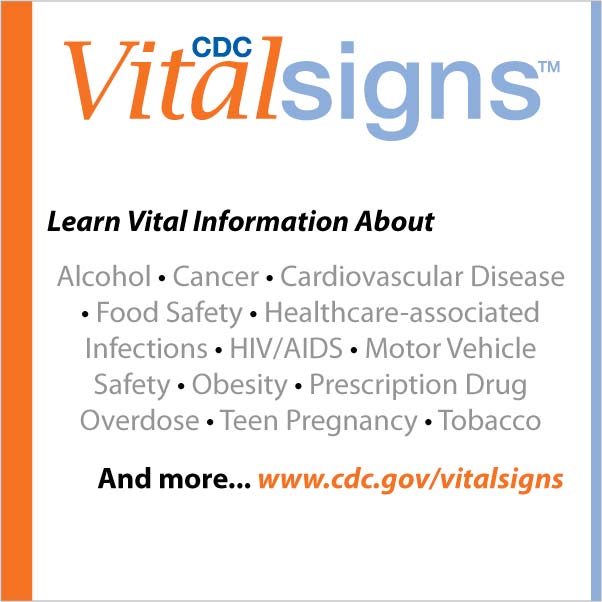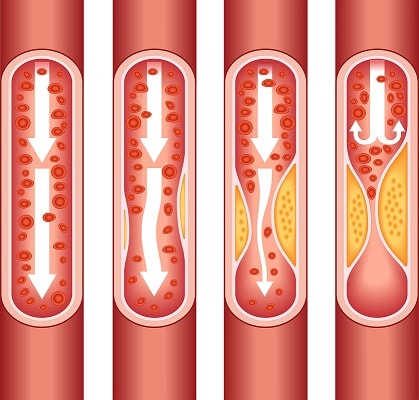Fair enough, then they should be releasing those economic models and inherent assumptions to show that so we can review/debate their conclusions. I certainly didn't hear the mayor of San Francisco running down the model variables and quoting the financials when she shut down the city.
It would be good to see more information but it’s also something you can start to look at yourself.
16% of Americans are over 65, and more are working now than ever.
Free and open access to global development data

data.worldbank.org
According to a new United Income study, 20 percent of workers over 65 are still working, up from 10 percent in 1985. Learn what factors have influenced them.

www.aarp.org
10.5% of Americans have diabetes.
Approximately 8% have asthma.
About 1 in 12 people (about 25 million) have asthma, and the numbers are increasing every year.

www.cdc.gov
6.7% of adults over 20 have coronary artery disease.
Learn facts about how race, ethnicity, age, and other risk factors can contribute to heart disease risk.

www.cdc.gov
6.4% have been diagnosed with COPD but that number is believed to be low.
COPD refers to a group of diseases that affect breathing.

www.cdc.gov
I have no idea how many Americans are typically pregnant at any given moment, but I have seen the huge maternity wings at hospitals.
While there is definitely overlap in those numbers, especially with those over 65, would it be unreasonable to assume that we could easily be looking at 20% - 25% of the US population who are known to be a high risk? That big group of people over 65 also tend to have more discretionary income and hold more senior positions in businesses, so them alone would be a hit to the travel industry.
Schools may not seem like they are an issue, but how many teachers fall into one of those groups? How many kids? How many kids have parents or siblings that fall into a high risk group? Kids whose parents work with high risk individuals? The same goes for universities. Americans have been having kids later in life and young adults are living with their parents longer, meaning you have greater overlap between the age groups who are low risk and high risk.
How much economic activity in a place like Washington DC grinds to a halt because all three branches of the federal government are in isolation?
While it may be a good discussion point going forward, even hospitals and medical offices are not designed for isolating such large groups. Hospitals no longer have wings, they have floors and everybody going to pulmonology is walking through the same lobby and riding in the same elevators as everyone else. General practitioners see people of all ages and risk. These places not only have doctors and nurses of varying degrees of risk, but entire support staffs that would also have to isolate. Even doctors or staff related to groups generally considered low risk, like general pediatrics, may themselves be high risk and have to isolate. That’s an automatic strain on capacity just as a preventative measure.
Since this started as a Walt Disney World focused thread, in the world of entertainment you have single individuals who employ entire staffs but if that individual is not working, then nobody works. How many bands still performing live are now in their 60s and 70s? Huge shows commanding top dollar ticket prices that would still get shut down because the band is in isolation. There are television shows like
Schitt’s Creek that star actors who would be in isolation and likely suspending production.
Yes, this doesn’t give as sort of exact model but it’s a relatively easy thought exercise that shows the compounded effects of isolating “only” those considered to be at a high risk. And these people must be more truly isolated because you are allowing what appears to be a highly contagious virus to run rampant in the remaining population. Letting the virus run rampant among the lower risk groups will also have an economic impact because “mild” symptoms means not requiring hospitalization, so that is still a lot of people getting sick and missing work. Then there are the longer impacts of what could be lung damage even among those with mild cases.





